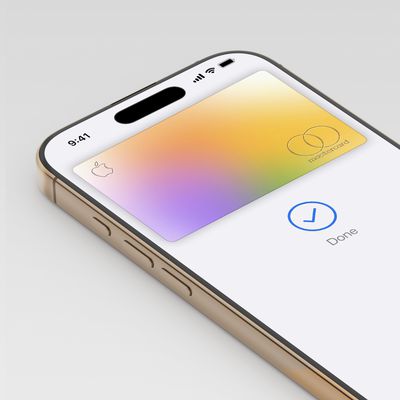Google yesterday introduced the newest version of Android, Android P, at its Google I/O developer conference held in Mountain View, California. Android P includes a few enticing features like a new Dashboard for monitoring usage and an adaptive battery feature for improving battery life, but what was of interest to iPhone users was the new gesture system.
Android P adopts a new gesture-based system interface that's reminiscent of the interface of the iPhone X, so we decided to download the Android P beta to check it out for ourselves.
For years, Android has used a navigation system that focuses on three buttons: home, back, and multitasking. That's gone in Android P, having been replaced with a small oblong button at the bottom of the display that will be familiar to iPhone X users.
Swiping up on the button brings up a card-like interface with an app overview that includes a search bar, your recently used apps, and five predicted apps, while a longer swipe (or a second swipe) brings up the All Apps screen where you can access all of the apps installed on an Android device.
As on the iPhone X, you can use the swipe up gesture from anywhere in the Android operating system, regardless of which app is being used, while a tap goes to the Home screen. A left or right swipe, meanwhile, initiates a "Quick Scrub" gesture that lets you swap between your recently used apps.
The iPhone X's gesture system is intuitive and easy to use, so it's no surprise that Google opted to introduce a similar design, and it's the natural evolution for controlling a smartphone without traditional buttons.
In addition to adopting a swipe-based interface, Android P has some other neat features, a few of which we may see in some form in iOS 12. A new Android Dashboard, for example, is designed to tell you how much time you're spending on your device and in apps in the name of digital health, something that Apple is also expected to focus on this year.
A new Do Not Disturb feature called "Shush" automatically silences Android devices when placed facedown, while a Wind Down option lets Android users set a specific bed time that enables Do Not Disturb and turns the entire phone's interface gray to discourage further use at night.
Google is also introducing a new Adaptive Battery feature that maximizes battery power by prioritizing the apps you're most likely to use next, while a new Auto Brightness feature modifies screen brightness based on your own personal preferences. Some of these features haven't been enabled just yet on all Android devices that are eligible for the beta, but they should be coming soon.
What do you think of the new Android P operating system? Are there features here you would like to see Apple enable in iOS? Let us know in the comments.























